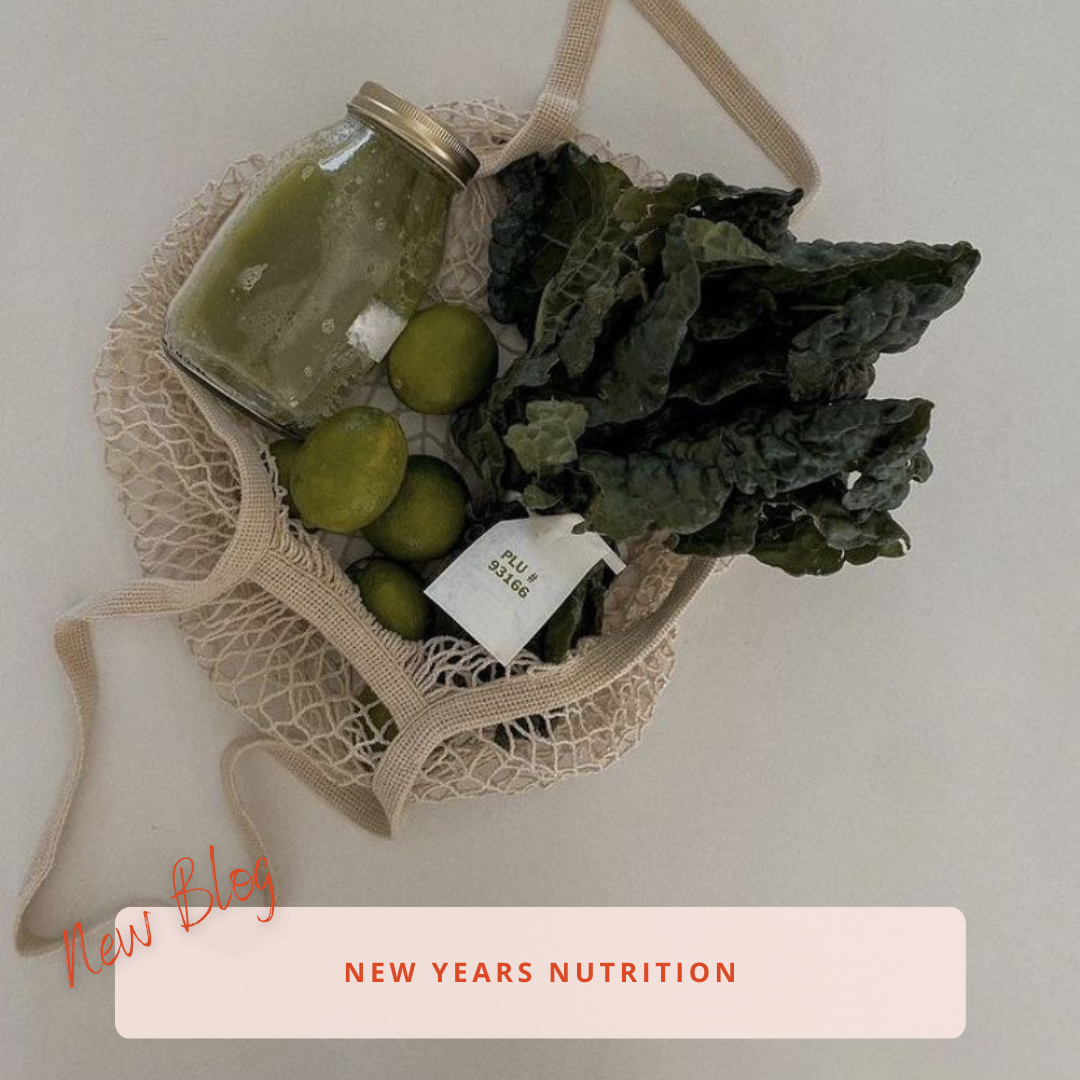
Nutrition Around Your Cycle: What to Eat for Each Phase
Did you know that what you eat has a huge influence on your hormones? Understanding the relationship between nutrition and your menstrual cycle can empower you to support your body’s needs throughout the month. By aligning your diet with the different phases of your cycle, you can optimise hormone balance, reduce PMS symptoms and feel good everyday!
Here are our top nutrition tips on what to eat during each phase of your cycle:
Phase 1: Menstruation (Days 1-5)
During menstruation, hormone levels, specifically estrogen and progesterone, are quite low. It is a time for you to rest and replenish. Because of natural blood loss, it is very important to replenish any lost nutrients and build up your iron stores for the month ahead:
Iron-Rich Foods: Boost your iron levels by incorporating sources such as dark leafy greens, lean red meat, beans and nuts. Iron is very important for oxygen transport, immunity and energy.
Anti-inflammatory Foods: Relieve cramps by including anti-inflammatory foods like fatty fish (salmon, mackerel), turmeric, and ginger in your diet.
Dark chocolate: Curb those chocolate cravings by having a few blocks of dark chocolate, which is rich in magnesium and antioxidants to help uplift your mood and relieve menstrual symptoms.
Phase 2: Follicular Phase (Days 6-14)
During the follicular phase, your estrogen levels are rising as the body prepares for ovulation. This phase emphasizes nourishment and support for healthy follicle development. You should drink a lot of water during this phase, and incorporate a variety of nutrient-dense fruit and veg.
Fibre-Rich Foods: Enhance digestion, stabilise blood sugar levels, and aid hormone metabolism by incorporating fruits, vegetables, and legumes into your meals.
Healthy Carbs: You may feel a higher craving for carbs during this phase – which is completely normal. Listen to your body and increase your carb intake slightly, making sure you are sticking to complex carbs such as fruit, whole grains and starchy veg.
Phase 3: Ovulation (Day 14)
Ovulation marks the peak of estrogen levels and the release of an egg from the ovary. Nourishing your reproductive system and supporting hormone production are key during this phase.
Healthy Fats: Make sure you are getting healthy fats from avocados, fish, nuts, seeds, and olive oil. These sources provide essential fatty acids that support hormone production and aid nutrient absorption.
Antioxidant-Rich Foods: Protect your reproductive cells by including vibrant fruits and vegetables such as berries, leafy greens, and cruciferous vegetables.
Phase 4: Luteal Phase (Days 15-28)
During the luteal phase, progesterone levels rise, preparing the uterus for possible pregnancy or menstruation. You may experience food cravings during this phase, along with PMS symptoms as your body prepares to shed the lining of the uterus. Focusing on hormone balance, managing PMS symptoms, and stabilising blood sugar levels are crucial during this phase.
Complex Carbohydrates: Opt for complex carbohydrates like whole grains, sweet potatoes, and quinoa. These foods support stable blood sugar levels, reduce cravings, and provide sustained energy throughout the day.
Magnesium-Rich Foods: Ease PMS symptoms and promote relaxation by incorporating magnesium-rich foods into your diet. Leafy greens, nuts, seeds, and dark chocolate are excellent sources of this vital mineral.






